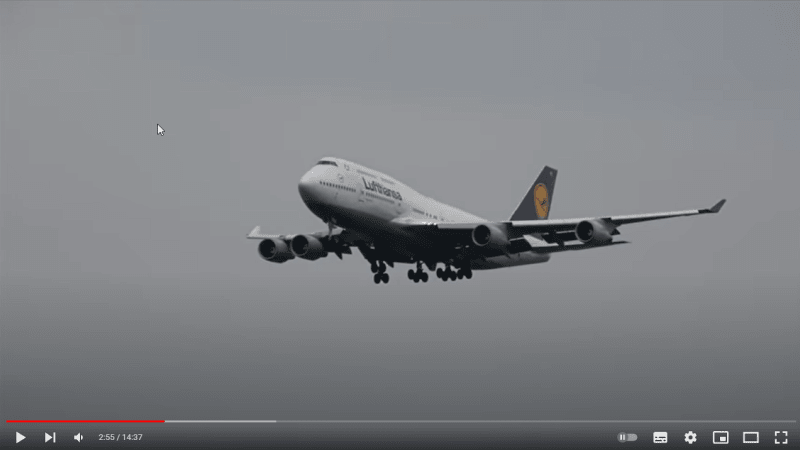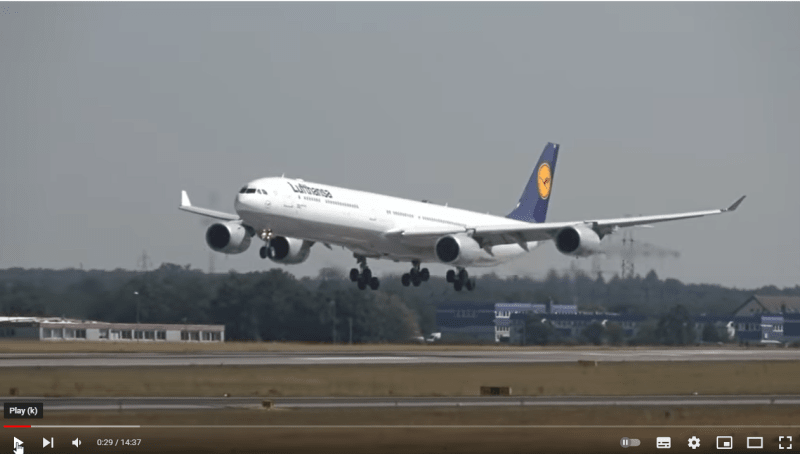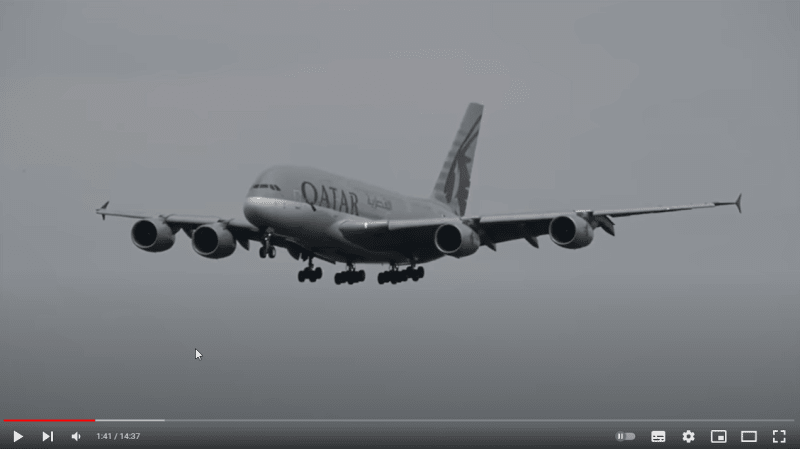Landing gear arrangement and design is all about efficient energy absorption... for best strength-to-weight ratio, for all sizes and 'mission' requirements.
Optimum design ensures no potential 'waste' for potential to absorb energy absorption... unless there is a more urgent/critical design necessity.
Energy transfer between aircraft and solid surfaces [landing] begins the instant EACH tire [or tyre if You prefer] contacts the ground and goes from a round inflated/cold state... thru tread shear-scuffing and carcass compression and centrifugal tire 'spin-up' to rolling speed [kick/torque].
The 'bogy arrangement' is intended to spread-out these tire contact forces in relation to angle of attack, sink/descent rate, side-drift, over-an extended-time, etc...
Then the bogy progressively absorbs the compression and rolling drag kick/torque forces thru rocking motions until tires are in solid/deformed/rolling contact and the shock-strut begins to absorb compression load-energy thru the length of the stroke.
All this orchestrated energy absorption... this cascade of reactions/movement/burning rubber/etc... occurs and is directed directed thru the landing gear to the structure... in the span of just a few seconds. Then the tires/brakes/bogies/drag-and-side braces/shock-struts endure the undulation/strain associated with full transfer of weight/drag/side-slide, from wing-lift, solidly to the gear/supporting structure.
OH-YEAH... and ALL of this crazy loading, as described, occurs under ideal circumstances... over-weight emergencies, severe directional winds/turbulence, variable runway conditions [rain/snow/ice/slush/debris/rubber-build], tire/wheel/brake failures, leaking/flat shock-strut and bogy shock and leveler-components, extreme heat or extreme deep-cold, etc... all add into the chaotic and conflicting elements influencing landing gear design.
Uhhh my head-hurts, just describing this.
NOTE1. This description^^^^ is related to the main-gear: I have not really mentioned the nose gear. It doesn't include braking... but does include tire/shock/compression/side-load effects [due to steering and compression/pitching, braking-drag, etc]. AND, of course, it has 'a significant other design factor' related solely to ground-operations: 'towing' loads.
NOTE2... when I worked on fighters... One added problem, that was insidious, was 'empty and flight-weight creep', due to modifications and mission changes... which had significant effects on taxi, takeoff and TO abort. Yes everything stayed in 'design ranges'... but the heavier configurations always took a toll by shortening tire, brake and landing gear life. Example: avionics/antenna/wiring mods [weight/cg changes]... and changes to mission[sortie] duration [increasing, for fewer flights] by going from 1-to-2-to-3 external 500-gallon fuel tanks. Ughhhh... The unique problems they have. Worst case I ever encountered was an F-15D, 2-crew, max external ordnance, max fuel... then abort at take-off speed, using the tail-hook and cable-barrier. Lots of components affected/changed.
Regards, Wil Taylor
o Trust - But Verify!
o We believe to be true what we prefer to be true. [Unknown]
o For those who believe, no proof is required; for those who cannot believe, no proof is possible. [variation,Stuart Chase]
o Unfortunately, in science what You 'believe' is irrelevant. ["Orion", Homebuiltairplanes.com forum]






